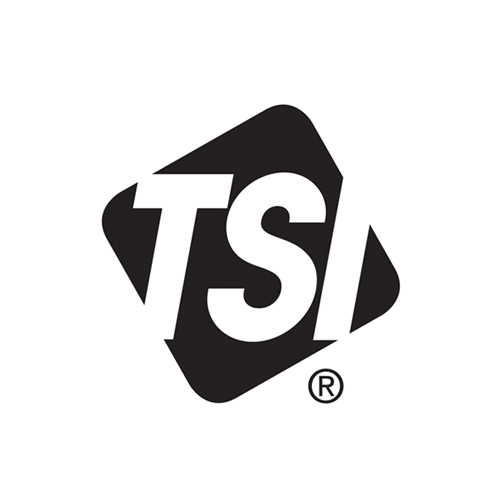Ashtead Technology, TSI and the Health & Safety Laboratory (HSL) recently collaborated to deliver a workshop focusing on the environmental and safety hazards presented by dust and other particulate matter.
Held at TSI’s UK headquarters in High Wycombe on 11th January, the event saw Alan Hasson and Josh Thomas from Ashtead Technology provide an overview of the justification for dust monitoring in the workplace, and Nicholas Baxter from HSL described the requirements for Respiratory Protective Equipment (RPE), including an explanation of the terms ‘adequate’ and ‘suitable’ with respect to RPE.
Baxter also highlighted the importance of the CE mark, correct storage of RPE, and Fit Testing. This was followed by a practical demonstration of FFRED (HSL's Face-Fit Respirator Demonstrator) which provided delegates with clear visualisation of the problems caused by badly fitted masks.
In the afternoon session TSI’s Maxine Dolloway (Health and Safety Direct Sales Specialist) provided a practical demonstration of TSI’s new SidePak AM520 Personal Dust Monitor, which is available with a selection of impactors (sintered metal filters) for different size fractions, including diesel particulates. This new model enables users to set both visual and audible alarms for pre-selected particulate levels.
TSI’s Nick Brown (Senior Regional Sales Manager) then demonstrated TSI’s Environmental DusTrak (EDT), which has recently received MCERTS approval. The EDT is quick and easy to set up; delivering live data via the Cloud from the instrument’s dust sensor, in addition to signals from other equipment – meteorological sensors for example. Nick explained that MCERTS is an Environment Agency scheme, which provides third-party confirmation that the EDT complies with stringent performance requirements. Typical applications for this equipment include industrial fenceline monitoring, traffic pollution monitoring and environmental monitoring before and during construction projects that have the potential to generate nuisance and/or hazardous dust.
The workshop was attended by health, safety and environment managers and consultants from a wide variety of industries. George Foulger from the Clancy Group, a leading provider of multi-utility services, found the day very useful, commenting: “There was a good mix of both occupational safety and environmental monitoring information. The presenters were obviously very knowledgeable and the presentations were pitched at just the right level.”
Summarising, Alan Hasson says: “These workshops provide us with a great opportunity to let customers know about the latest technologies so that, together, we can choose the best instrumentation solution for their needs – both technically and financially.”

